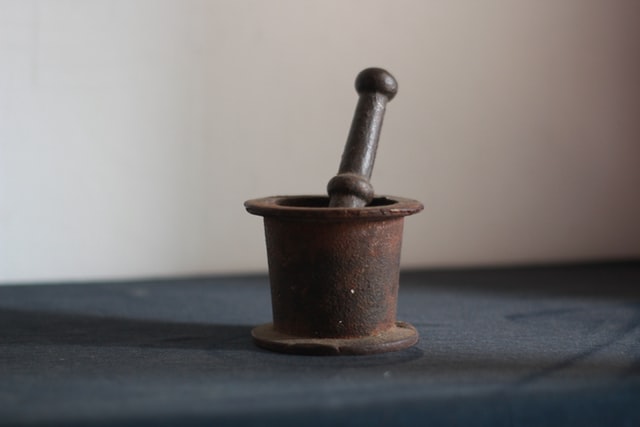
Ayurvedic Rasaushadhi
12.02.2011 |
| In last few years a misconception has been spread world over about Ayurvedic medicines that they contain poisonous metals like mercury and lead and are therefore very dangerous to human health. By Dr. Mhalank (B.A.M.S.) |
Artikel in deutsch
So it has become necessary to inform people around the world about the actual contents and manufacturing processes of Ayurvedic medicines.
By and large, Ayurvedic medicines can be divided into two categories, herbal & herbomineral. As the names suggest, the herbal medicines contain only herbal products while herbomineral drugs contain herbs as well as some mineral substances. Earlier Ayurvedic therapeutics included only herbal drugs. But as the time progressed, Ayurvedic practitioners probably started facing some problems with them. Those herbal drugs were available in nature only during particular seasons and preserving them for the rest of the year was not always an easy task. Moreover their efficacy dwindled within few months and many of them needed longer time to show their effects on human body. So Ayurvedic practitioners probably started looking for such alternative drugs which would be available through out the year, whose efficacy would last long and which would act faster. During the same period, there were new developments in the filed of alchemy, as result of which Ayurvedic practitioners started using certain mineral substances like mercury, sulphure, gold, silver, copper, lead, zinc etc as medicines. Compounds made from them are available throughout the year, are fast acting and their efficacy lasts longer. Many of these compounds contain mercury as basic substance. Mercury is called as ‘Rasa’ in ancient alchemy and so these compounds are usually referred to as Rasaushadhi.
However all these mineral substances are used in drugs only after purifying thoroughly. The fact that they can prove poisonous if used without proper purification or if used in improper dose was known to Ayurvedic experts. So in Ayurvedic literature they have even described the poisonous effects caused by improper use of minerals and have also narrated remedial measures against such poisonous effects. If used after proper purification and in proper dosage, the herbomineral compounds of Ayurved never prove harmful, never have any poisonous effects and never increase levels of these metals in blood. It is very unfortunate that many misconceptions have been spread around the world about them in last few years.
As said earlier, these herbomineral compounds are even more effective than herbal compounds and are useful against innumerable acute & chronic ailments like neurological disorders, immunological disorders, cardiac disorders, respiratory disorders, digestive disorders, skin disorders, urinary disorders, sexual disorders and mental disorders. The main positive aspects of Rasaushadi are:
1) Their particle size is very small (i.e. micro), so they are absorbed very easily by the body and can reach the smallest cells in the body.
2) They are generally tasteless and are not difficult to swallow.
3) Their shelf life is quite long and so they are be preserved easily.
4) They act relatively fast and reach the circulation quickly.
5) They have good effects on nerves, neuromuscular junctions and other vital organs of body.
By not allowing the use of such compounds, the authorities from developed countries are depriving their own people away from real benefits of Ayurved.
From:
Dr. Abhijit Mhalank, MD (Ayu), DYA
42/677 Lokmanya Nagar, Pune 411030
Email – ammhalank@yahoo.com
About the Author:

Dr. Abhijit Mhalank is an experienced Ayurvedic physician and has specialized in Ayurvedic pathology. His several articles and books have already got published in various languages. He has also developed a CD ‘Encyclopaedia Ayurvedica’ which is a pharmacopoeia of Ayurvedic medicines in software form and contains data of thousands of Ayurvedic preparations. Apart from English, Dr Mhalank also knows German, Sanskrit and two other Indian languages and has given numerous lectures and consultations in Germany, France, Austria, Switzerland, Italy and Spain. He is regular participant in radio and television programmes.
Title: Photo by Monirul Islam Shakil on Unsplash

.jpg)


.png)




